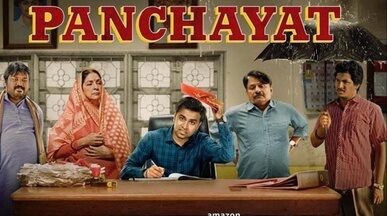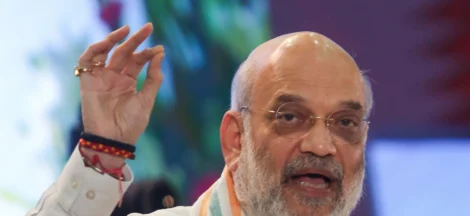A decisive shift in leadership strategy is unfolding within the Bharatiya Janata Party, with preparations underway to appoint its first woman national president as discussions between the party high command and its ideological mentor, the RSS, reach a crucial juncture. The move aligns with a broader organisational drive aimed at strengthening its national appeal ahead of the 2029 Lok Sabha elections.
Party insiders report that names under consideration include Union Finance Minister Nirmala Sitharaman, former Andhra Pradesh BJP chief Daggubati Purandeswari, and Vanathi Srinivasan, Tamil Nadu MLA and former Mahila Morcha national president. Sitharaman’s candidacy is backed by her extensive ministerial experience, while Purandeswari and Srinivasan are cited for their strong organisational credentials and regional reach, especially in Andhra Pradesh and Tamil Nadu respectively.
The selection process follows constitutional norms requiring the completion of organisational polls in at least 19 states—a threshold the BJP has now surpassed, having finalised leadership in over 28 states and Union Territories. The push to induct women into leadership positions has already yielded results at the state level, including a notable influx of female leaders among district and state unit chiefs.
The RSS is reported to strongly support the elevation of a woman, viewing it as strategically advantageous for reinforcing gender representation and broadening appeal to female voters who have played a decisive role in recent electoral outcomes. According to internal analyses, enhanced mobilisation of women through targeted outreach could bring significant gains in forthcoming state and national polls.
Despite the momentum, smooth resolution of the BJP–RSS dialogue remains pending. Multiple players, including senior central figures, are involved in extensive deliberations over suitable candidates, with the final decision expected to take shape at a forthcoming RSS conclave in Delhi. Until then, the current national president, after two extensions, continues in office.
The scheduling of the national council meeting, likely in July or early August, will trigger the formal election. This will convene the college of state presidents, MPs, MLAs, district presidents and central office-bearers to cast votes. Speculation indicates that momentum is building, especially as state-level organisational elections conclude.
Nirmala Sitharaman, with her track record that spans the finance and defence portfolios, is considered to carry the gravitas required at the helm. Meanwhile, Purandeswari brings a blend of multilingual communication skills and cross-regional influence rooted in Andhra Pradesh politics. Vanathi Srinivasan, a vocal advocate from Tamil Nadu and a former women’s wing chief, is viewed as representing the party’s strategic interests in southern India.
The nomination of a woman to the role of party president—never before done—would mark a significant departure from historical precedent and signal a stronger institutional commitment to gender parity. It would also align with the party’s broader organisational reforms, including an evolving leadership composition that embraces more women at various levels.
As the BJP prepares its organisational infrastructure for the next wave of elections, bridging the remaining gaps in its national leadership structure has become a priority. Once the RSS meeting concludes and state units finalise their selections, the stage will be set for the naming of the new national president, likely to be India’s first woman to occupy the role.



